![Lacy, Steve Three : Live Lugano 1984 - First Visit [CD + 2 POSTCARDS] (ezz-thetics by Hat Hut Records Ltd) Lacy, Steve Three : Live Lugano 1984 - First Visit [CD + 2 POSTCARDS] (ezz-thetics by Hat Hut Records Ltd)](https://www.teuthida.com/productImages/misc4/35624.jpg)
Recorded live in Lugano in 1984, Steve Lacy's trio with guitarist Barry Wedgle and bassist Jean-Jacques Avenel reimagines his compositions in an intimate and transparent setting, where Lacy's masterful soprano saxophone carves precise yet expressive lines, drawing on influences from poetry, Monk, and visual art to create a striking balance between structure and improvisation.
In Stock
Quantity in Basket: None
Log In to use our Wish List
Shipping Weight: 3.00 units
Sample The Album:
Steve Lacy-soprano saxophone
Barry Wedge-guitar
Jean Jacques Avenel-double bass
Click an artist name above to see in-stock items for that artist.
Includes two postcards of the Steve Lacy image on the front.
Producer's note:
The removal of two recorded compositions and the 6:00 editing here is based on notes originally written by Steve Lacy on the cassette he sent me to listen to and evaluate the music for release. I acquired the original recording in 1985 from Mario Conforti and stored it in my archives. I lost track of the music over time, and reminded me of the recording and made me relisten to the tape and decide to release it. You now have the music, edited based on Steve Lacy's instructions, and mastered from the original Beta tape, to listen to in the best possible quality.
UPC: 752156711025
Label: ezz-thetics by Hat Hut Records Ltd
Catalog ID: ezz-thetics 110
Squidco Product Code: 35624
Format: CD
Condition: New
Released: 2025
Country: Switzerland
Packaging: Cardboard Gatefold
Recorded live in Lugano, Italy, on September 24th, 1984, by Mario Conforti.
"In the thirty years between his recording debut - Dixieland Goes Modern, with the Dick Sutton Sextet - and this live performance from Lugano, Switzerland, Steve Lacy evolved a complex musical identity, fueled by insatiable curiosity and tempered through diverse experience: an apprenticeship in early jazz styles, form-shifting maneuvers with Cecil Taylor, spontaneous free improvisation, solo recitals, text-setting disciplines, and the music of Thelonious Monk.
While free-lancing allowed him to explore a broader range of his peripheral interests, by 1984 his own groups, of varying size and adaptable personnel, had established a foundation for his burgeoning compositional concerns - based, in large part, on his two most important and challenging influences, poetry and Monk. By poetry I include all of the idioms of language, from the Tao Te Ching of Lao Tzu to the journals of Georges Braque and the prose of Buckminster Fuller, which Lacy desired to have sung according to his unorthodox mode of expression, derived and given license from the idiosyncrasies of Monk's constructions.
A voracious reader, Lacy's fascination with language first became evident in the titles of his own instrumental pieces, word choices that represented aspects of the music's inspiration or source through playful metaphors or suggestive allusions. Gradually drawn to the variably aligned rhythms and concise syntax available to poets, over time he developed methods to integrate carefully chosen word settings into his particular harmonic/rhythmic cadences. Premiered in November 1984, Futurities, a performance including dancers, the visual art of Kenneth Noland, and a cycle of songs with poems by Robert Creeley, was his largest such endeavor to date. Four of the pieces from this concert - "They Say," "Heaven," "Train Going By," and "The Eye" - form a mini-suite of songs from Futurities, anticipating the complete premiere by three months.
And yet, as is obvious, there are no vocals in this concert. Throughout his career, he readapted his material according to the needs at hand; a composition written for an ensemble could be offered solo or rearranged for trio, songs revisited without voice, as here. Nor, for that matter, is this a typical Lacy ensemble. The special qualities of this music emerge from the focus on Lacy's soprano saxophone in this unique instrumentation (unique, of course, to Lacy, with no musical relation to any of the similarly voiced 1950s trios conceived by Jimmy Giuffre). In this context, the transparency and intimacy of the bass and guitar create a nuanced background set against the variety of improvisational strategies. As needed, Barry Wedgle's subtle, understated guitar plays several roles, suggesting a mandolin at one point, a harp at another, alternately offering prickly counterpoint or metallic texture; J.J. Avenel's bass supplies the foundation.
Within this trio, the improvisational shading and sinew of Lacy's saxophone are exposed with the eloquence of a Giacometti sculpture - drawing a line, thin and tense, that implies substance and motion, then following a jagged course through the open compositional space, manipulating the soprano's specific tonal qualities, using reed, mouth, and microphone, to tighten, thicken, or color its contour. As he told Brian Case in 1979, it's a lesson he gleaned from another artist, Paul Klee: "I learned as much from him as I did from many musicians. He's all about rhythm and proportion and structure, thicknesses and thinnesses of lines, the effect of one thing on another, visually. I've translated this into my own musical terms."
"Compression is the first grace of style," wrote poet Marianne Moore, and compression and concision intensify the language of poetry. The succinct phrasing of Creeley's poems agreed with the narrow premise of Lacy's melodies, repetitious or irregular. (We're also reminded that Lacy transcribed Webern's songs for soprano voice to practice his instrument, thus familiarizing himself with the composer's exacting structures, angular intervals, and compressed word setting.) The alchemy of Lacy's music transforms the experience of visual artists like Klee, Noland, and Mark Rothko (to whom "Flakes" is dedicated); poets as chronologically distant as Lao Tzu to Robert Creeley; and musicians as seemingly distinct as Webern or Monk into a process that equates composition and improvisation, "Because," (as he told Alain-René Hardy and Philippe Quinsac in 1976) "I like structures. I'm a materialist. I like limits, lines. I'm a composer.I like pieces, precise atmospheres. For me, composition and improvisation must be the same thing, it forms a whole." "-Art Lange, Chicago, November 2024
Includes two postcards of the Steve Lacy image on the front.
Producer's note:
The removal of two recorded compositions and the 6:00 editing here is based on notes originally written by Steve Lacy on the cassette he sent me to listen to and evaluate the music for release. I acquired the original recording in 1985 from Mario Conforti and stored it in my archives. I lost track of the music over time, and reminded me of the recording and made me relisten to the tape and decide to release it. You now have the music, edited based on Steve Lacy's instructions, and mastered from the original Beta tape, to listen to in the best possible quality.
Artist Biographies
• Show Bio for Steve Lacy "Steve Lacy (July 23, 1934 - June 4, 2004), born Steven Norman Lackritz in New York City, was a jazz saxophonist and composer recognized as one of the important players of soprano saxophone. Coming to prominence in the 1950s as a progressive dixieland musician, Lacy went on to a long and prolific career. He worked extensively in experimental jazz and to a lesser extent in free improvisation, but Lacy's music was typically melodic and tightly-structured. Lacy also became a highly distinctive composer, with compositions often built out of little more than a single questioning phrase, repeated several times. The music of Thelonious Monk became a permanent part of Lacy's repertoire after a stint in the pianist's band, with Monk's songs appearing on virtually every Lacy album and concert program; Lacy often partnered with trombonist Roswell Rudd in exploring Monk's work. Beyond Monk, Lacy performed the work of jazz composers such as Charles Mingus, Duke Ellington and Herbie Nichols; unlike many jazz musicians he rarely played standard popular or show tunes. Lacy began his career at sixteen playing Dixieland music with much older musicians such as Henry "Red" Allen, Pee Wee Russell, George "Pops" Foster and Zutty Singleton and then with Kansas City jazz players like Buck Clayton, Dicky Wells, and Jimmy Rushing. He then became involved with the avant-garde, performing on Jazz Advance (1956), the debut album of Cecil Taylor,:55 and appearing with Taylor's groundbreaking quartet at the 1957 Newport Jazz Festival; he also made a notable appearance on an early Gil Evans album. His most enduring relationship, however, was with the music of Thelonious Monk: he recorded the first album to feature only Monk compositions (Reflections, Prestige, 1958) and briefly played in Monk's band in 1960:241 and later on Monk's Big Band and Quartet in Concert album (Columbia, 1963). Lacy's first visit to Europe came in 1965, with a visit to Copenhagen in the company of Kenny Drew; he went to Italy and formed a quartet with Italian trumpeter Enrico Rava and the South African musicians Johnny Dyani and Louis Moholo (their visit to Buenos Aires is documented on The Forest and the Zoo, ESP, 1967). After a brief return to New York, he returned to Italy, then in 1970 moved to Paris, where he lived until the last two years of his life. He became a widely respected figure on the European jazz scene, though he remained less well known in the U.S. The core of Lacy's activities from the 1970s to the 1990s was his sextet: his wife, singer/violinist Irene Aebi,:272 soprano/alto saxophonist Steve Potts, pianist Bobby Few, bassist Jean-Jacques Avenel, and drummer Oliver Johnson (later John Betsch). Sometimes this group was scaled up to a large ensemble (e.g. Vespers, Soul Note, 1993, which added Ricky Ford on tenor sax and Tom Varner on French horn), sometimes pared down to a quartet, trio, or even a two-saxophone duo. He played duos with pianist Eric Watson. Lacy also, beginning in the 1970s, became a specialist in solo saxophone; he ranks with Sonny Rollins, Anthony Braxton, Evan Parker, and Lol Coxhill in the development of this demanding form of improvisation. Lacy was interested in all the arts: the visual arts and poetry in particular became important sources for him. Collaborating with painters and dancers in multimedia projects, he made musical settings of his favourite writers: Robert Creeley, Samuel Beckett, Tom Raworth, Taslima Nasrin, Herman Melville, Brion Gysin and other Beat writers, including settings for the Tao Te Ching and haiku poetry. As Creeley noted in the Poetry Project Newsletter, "There's no way simply to make clear how particular Steve Lacy was to poets or how much he can now teach them by fact of his own practice and example. No one was ever more generous or perceptive." In 1992, he was the recipient of a MacArthur Fellowship (nicknamed the "genius grant"). He also collaborated with a wide range of musicians, from traditional jazz to the avant-garde to contemporary classical music. Outside of his regular sextet, his most regular collaborator was pianist Mal Waldron,:244-245 with whom he recorded a number of duet albums (notably Sempre Amore, a collection of Ellington/Strayhorn material, Soul Note, 1987). Lacy played his 'farewell concerts to Europe' in Belgium, in duo and solo, for a small but motivated public. This happened in Brussels, Antwerp, Ghent, Bruge and Bergen. This recollection is published by Naked Music. In Ghent he played with the classical violinist Mikhail Bezverkhni, winner of Queen Elisabeth Concours. He returned to the United States in 2002, where he began teaching at the New England Conservatory of Music in Boston, Massachusetts. One of his last public performances was in front of 25,000 people at the close of a peace rally on Boston Common in March 2003, shortly before the US-led invasion of Iraq. After Lacy was diagnosed with cancer in August 2003, he continued playing and teaching until weeks before his death on June 4, 2004 at the age of 69." ^ Hide Bio for Steve Lacy • Show Bio for Jean Jacques Avenel "Jean-Jacques Avenel, born 16 June 1948 in Saint-Nicolas-d'Aliermont ( Seine-Maritime ) and died 12 August 2014. He was a jazz bassist, a faithful companion to Steve Lacy, and participated in many other musical adventures. He was interested especially in African music, the kora and tradition Mandingo. Jean-Jacques Avenel was self-taught, although he subsequently benefit from the lessons of Kent Carte. He began his career by participating in the free jazz movement, playing with Steve Waring, Colette Magny, Don Cherry, and with Noah Howard, the quartet of Frank Wright and Intercommunal Free Dance Music Orchestra training François Tusques. He also accompanies the saxophonist Daunik Lazro. From 1975, he began to be associated with different formations led by Steve Lacy. Trio, sextet, quartet... But also the quintet consisting addition Lacy and Avenel, saxophonist Steve Potts, drummer Oliver Johnson and pianist Bobby Few, often with the singer Irene Aebi. A long collaboration begins. He accompanied Steve Lacy for nearly 30 years, performing in many festivals and other places in Europe and the United States, and participating in more than twenty albums recordings. He had also the opportunity to accompany Butch Morris in 1980, and David Murray in the 1990s. He participated in the achievements of Michel Edelin and particularly in the quartet with Simon Goubert and Jacques Di Donato since 1995. More recently, he worked with young European pianists Benoît Delbecq, and Gael Mevel. And with American Mal Waldron and Australian Chris Cody. Plus work with Richard Galliano, George Lewis, Pharoah Sanders, Archie Shepp, Dino Saluzzi, Paul Bley, and other. He also regularly collaborated with François Raulin. In 2000, at the 38th festival Roaring, Avenel, Raulin and Adama Drame together created the ARD trio, training mixing European jazz tradition and the Mandingo. Jean-Jacques Avenel passion for African music and plays the kora, in addition to the bass. In 2004, Avenel and Sissokho surrounded themselves Lansiné Kouyaté, Moriba Koita and Michel Edelin for Waraba project ( "the lion" in language Bamana ). Then in 2006, he formed the trio DAG Domancich and Simon Goubert. He died of cancer August 12, 2014." ^ Hide Bio for Jean Jacques Avenel
2/5/2025
Have a better biography or biography source? Please Contact Us so that we can update this biography.
2/5/2025
Have a better biography or biography source? Please Contact Us so that we can update this biography.
Track Listing:
1. Slumber 9:01
2. Flakes 9:42
3. Aloud 7:35
4. They Say 7:30
5. Heaven 8:25
6. Train Going By 6:01
7. The Eye 8:47
8. Cliches 16:21
Hat Art
Improvised Music
Jazz
Free Improvisation
Jazz & Improvisation Based on Compositions
Lacy, Steve
European Improvisation, Composition and Experimental Forms
Trio Recordings
Staff Picks & Recommended Items
New in Improvised Music
Recent Releases and Best Sellers
Search for other titles on the label:
ezz-thetics by Hat Hut Records Ltd.
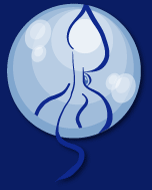

![Lacy, Steve Three : Live Lugano 1984 - First Visit [CD + 2 POSTCARDS] (ezz-thetics by Hat Hut Records Ltd) Lacy, Steve Three : Live Lugano 1984 - First Visit [CD + 2 POSTCARDS] (ezz-thetics by Hat Hut Records Ltd)](https://www.teuthida.com/productImages/full/35624.Full.jpg)
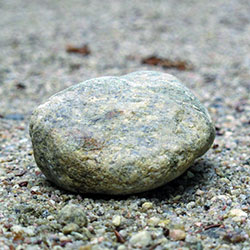



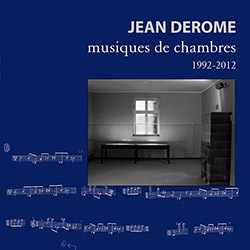
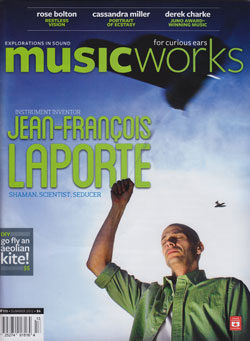
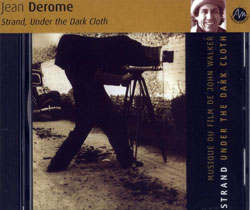
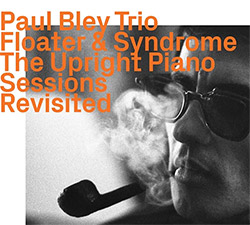




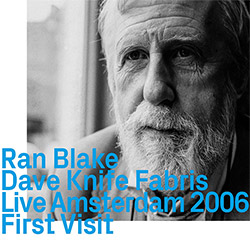
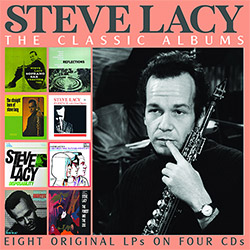


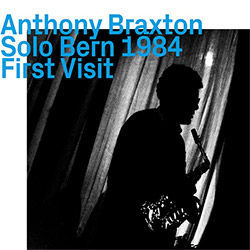

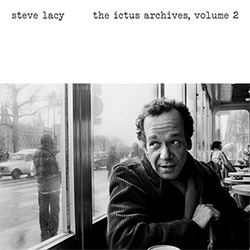

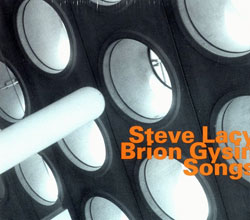
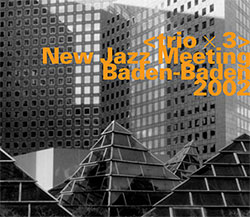


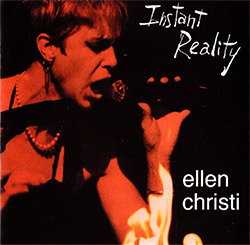
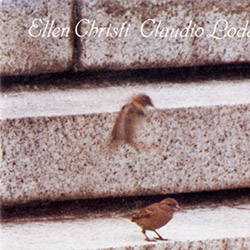


![AHC (Alexander Cooper): Lase [2 CDs]](https://www.teuthida.com/productImages/misc4/35754.jpg)
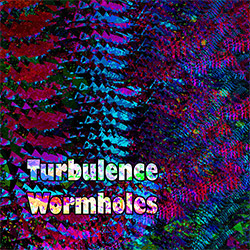




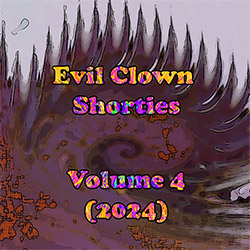





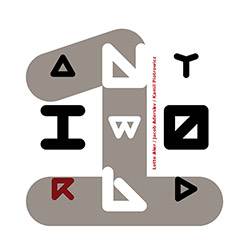
![Tusques, Francois / Sunny Murray 38: Intercommunal Dialogue 1&2 [2LPS w/ DOWNLOAD]](https://www.teuthida.com/productImages/misc4/35475.jpg)
![Birge, Jean-Jacques: Pique-nique Au Labo [2 CDs]](https://www.teuthida.com/productImages/misc4/35596.jpg)

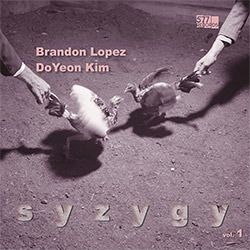
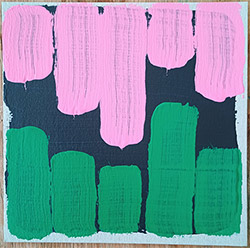

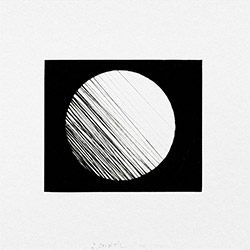

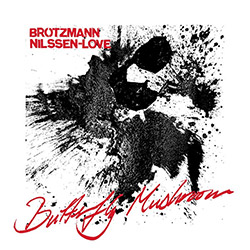
![Brotzmann, Peter / Paal Nilssen-Love: Butterfly Mushroom [VINYL]](https://www.teuthida.com/productImages/misc4/35541.jpg)
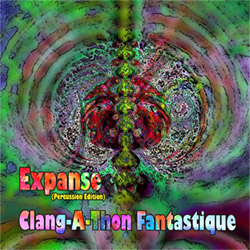
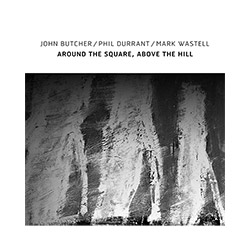
![Allen, Clifford: Singularity Codex: Matthew Shipp On Rogueart [BOOK]](https://www.teuthida.com/productImages/misc4/33454.jpg)

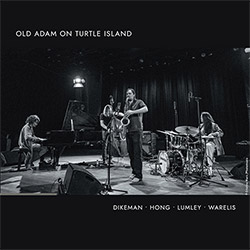
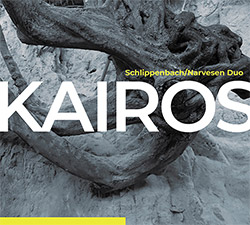

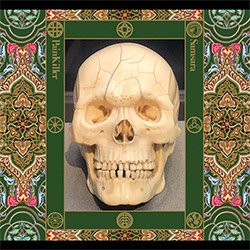
![Sun Ra: Lanquidity (DELUXE EDITION) [VINYL]](https://www.teuthida.com/productImages/misc4/35234.jpg)
![Sun & Rain (Morgan / Laplante / Smiley / Nazary): Waterfall [VINYL]](https://www.teuthida.com/productImages/misc4/35604.jpg)
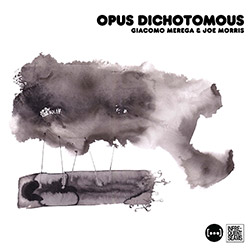
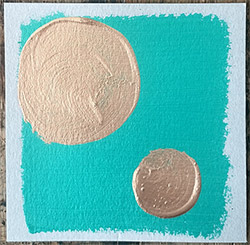
![Centazzo, Andrea: Ictus@45 - Out Off Nights [4 CD BOX SET]](https://www.teuthida.com/productImages/misc4/35611.jpg)
![Kaucic, Zlatko (Kaucic / Amado / Dorner / Grom / Guy / Fernandez / Snekkestad): INKLINGS [4 CD BOX SET]](https://www.teuthida.com/productImages/misc4/35614.jpg)


![Fagaschinski, Kai / Yan Jun : Graveyard Processions [VINYL w/ DOWNLOAD]](https://www.teuthida.com/productImages/misc4/35474.jpg)
![Brant, Cody / Carl Kruger: Smoke Detail [CASSETTE w/ DOWNLOAD]](https://www.teuthida.com/productImages/misc4/35551.jpg)
![Weirs and Magic Tuber Stringband : The Crozet Tunnel [CASSETTE + DOWNLOAD]](https://www.teuthida.com/productImages/misc4/35570.jpg)
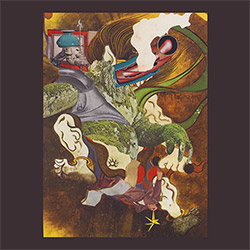
![Abcess Grenk: Erguss Von Licht [CASSETTE w/ DOWNLOAD]](https://www.teuthida.com/productImages/misc4/35560.jpg)

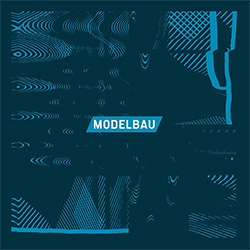
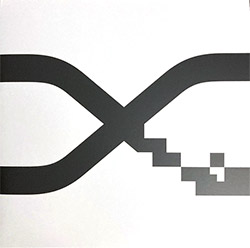
![Alva Noto: Xerrox Vol. 5 [VINYL 2 LPs]](https://www.teuthida.com/productImages/misc4/35359.jpg)
![Weston, Matt: Communism Has Appeared On The Scene [VINYL 2 LPs]](https://www.teuthida.com/productImages/misc4/35546.jpg)

![Jeck, Philip: rpm [2 CDs]](https://www.teuthida.com/productImages/misc4/35455.jpg)
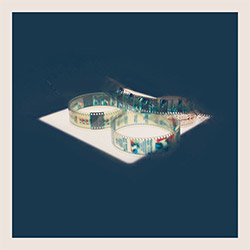

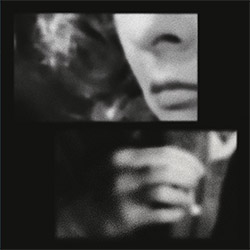

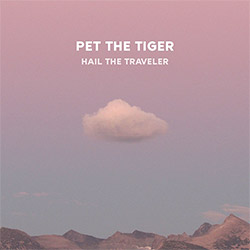
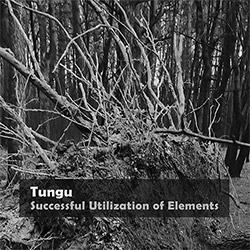
![DNS: Taking Big Bites Of The Khandas Three Cafes Deep [2 CDs]](https://www.teuthida.com/productImages/misc4/35334.jpg)
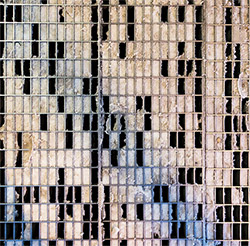
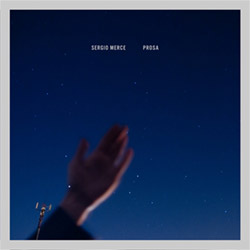
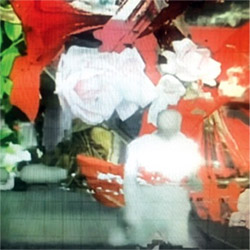
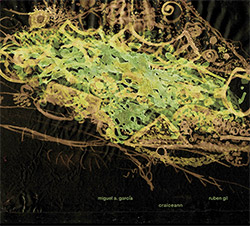
![Cleaver, Gerald: The Process [VINYL]](https://www.teuthida.com/productImages/misc4/34966.jpg)
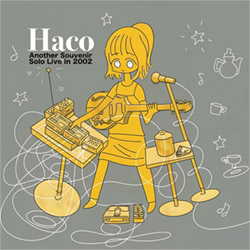
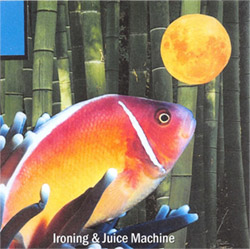
![Lonsdale, Eden: Dawnings [2 CDs]](https://www.teuthida.com/productImages/misc4/35480.jpg)

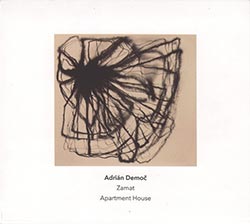
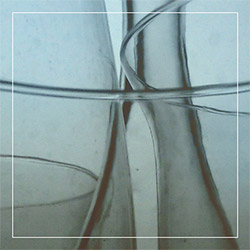
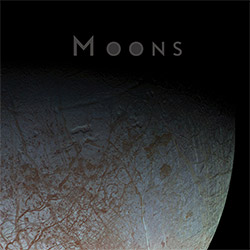
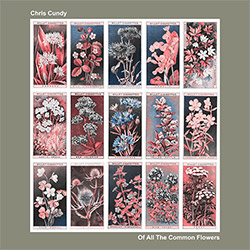
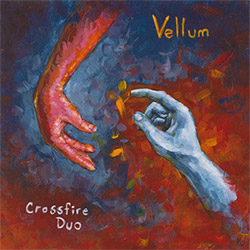

![Sanna, Claudio: Compositori Sardi Contemporanei II [2 CDs]](https://www.teuthida.com/productImages/misc4/35317.jpg)

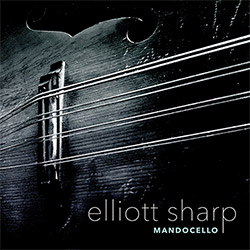

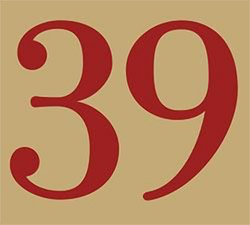

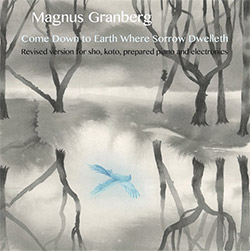
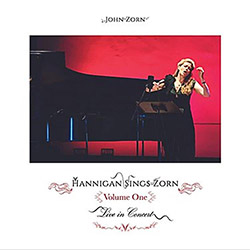
![Zurria, Manuel: Fame di Vento [3 CDs]](https://www.teuthida.com/productImages/misc4/35167.jpg)

![Granberg, Magnus / Nattens Inbrott / Skogen: Holde Traume, Kehret Wieder! [2 CDs]](https://www.teuthida.com/productImages/misc4/35038.jpg)
![Frey, Jurg: Outermost Melodie [2 CDs]](https://www.teuthida.com/productImages/misc4/35039.jpg)
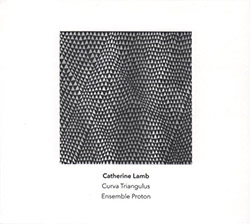
![Pavone, Jessica: Reverse Bloom [VINYL]](https://www.teuthida.com/productImages/misc4/34895.jpg)
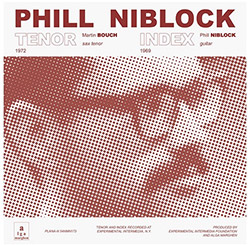
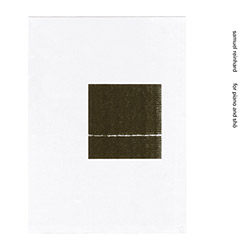
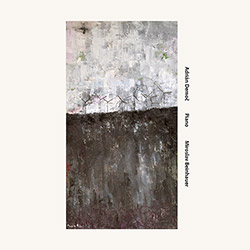

![Modney (Modney / Wooley / Gentile / Roberts / Pluta / Symthe / ...): Ascending Primes [2 CDs]](https://www.teuthida.com/productImages/misc4/34852.jpg)


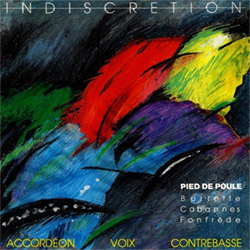

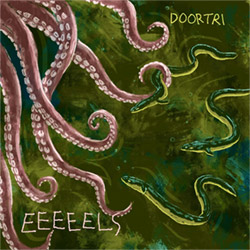
![Elephant9 : Mythical River [VINYL]](https://www.teuthida.com/productImages/misc4/34624.jpg)
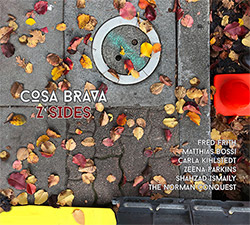

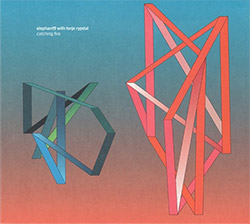
![Elephant9 with Terje Rypdal: Catching Fire [VINYL 2 LPs]](https://www.teuthida.com/productImages/misc4/35355.jpg)
![Deerlady (Obomsawin, Mali / Magdalena Abrego): Greatest Hits [VINYL]](https://www.teuthida.com/productImages/misc4/34876.jpg)

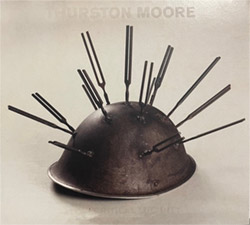
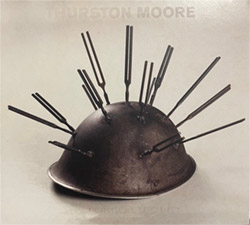
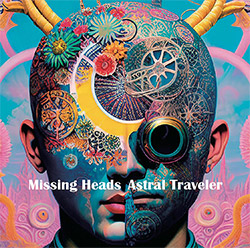
![Haino, Keiji: Black Blues [2 CDs]](https://www.teuthida.com/productImages/misc4/35109.jpg)
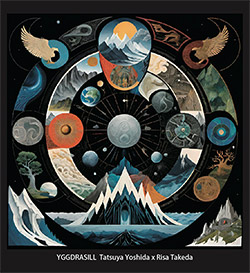
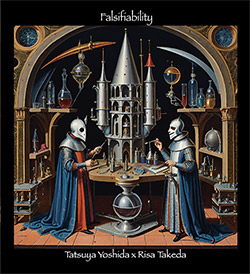
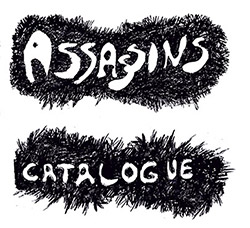
![Surplus 1980: Illusion of Consistency [CD]](https://www.teuthida.com/productImages/misc4/35069.jpg)
![Staiano, Moe: Away Towards the Light [VINYL + DOWNLOAD]](https://www.teuthida.com/productImages/misc4/35037.jpg)
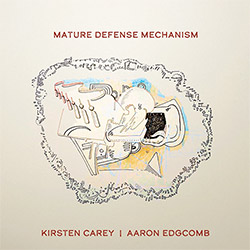
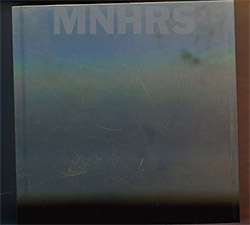

![Caveira (Gomes / Sousa / Abras / Ferrandini): Ficar Vivo [VINYL]](https://www.teuthida.com/productImages/misc4/34643.jpg)
![Gregg, J. J. / David Van Auken: Lunar Prairie [CD w/ DOWNLOAD]](https://www.teuthida.com/productImages/misc4/34611.jpg)
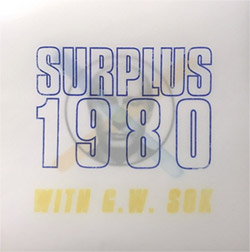
![Coultrain: Mundus [VINYL]](https://www.teuthida.com/productImages/misc4/32439.jpg)
![Mattin: Songbook #6 [VINYL]](https://www.teuthida.com/productImages/misc4/27317.jpg)
![Punkappella: Wake Up [7-inch VINYL]](https://www.teuthida.com/productImages/misc4/17519.jpg)
![Coley, Byron: Dating Tips for Touring Bands [VINYL]](https://www.teuthida.com/productImages/misc4/17906.jpg)
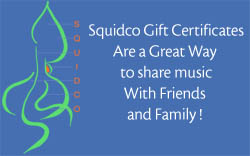
![Lost Kisses: My Life is Sad & Funny [DVD]](https://www.teuthida.com/productImages/misc4/lostKissesDVD.jpg)